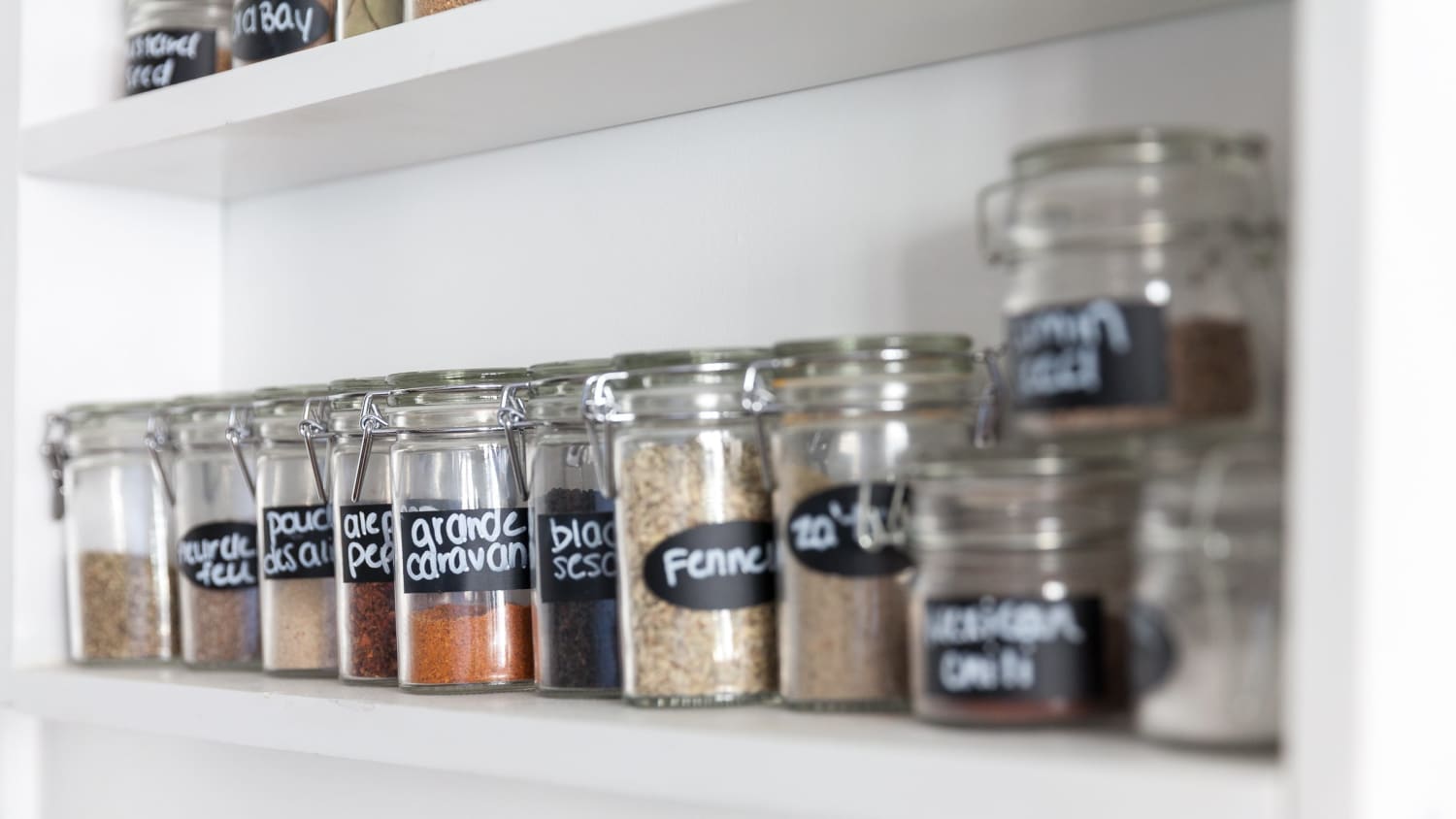

Articles
How To Store Spices
Modified: February 24, 2024
Learn the best techniques for storing spices in this collection of informative articles. Keep your spices fresh and flavorful for longer with these helpful tips.
(Many of the links in this article redirect to a specific reviewed product. Your purchase of these products through affiliate links helps to generate commission for Storables.com, at no extra cost. Learn more)
Introduction
Spices add flavor, aroma, and depth to our favorite dishes, transforming ordinary meals into extraordinary culinary experiences. Whether you’re a seasoned chef or a cooking novice, having a well-stocked spice cabinet is essential for creating delicious meals.
But have you ever wondered how to store spices properly? While it may seem like a small detail, the way you store your spices can have a significant impact on their freshness and potency. Improper storage can lead to flavor loss, diminished aroma, and decreased shelf life.
In this article, we will explore the importance of proper spice storage and share some best practices to help you keep your spices fresh, flavorful, and ready to enhance your culinary creations.
Key Takeaways:
- Proper spice storage is crucial for preserving flavor, aroma, and potency. Follow best practices like using airtight containers, keeping spices away from light, and managing temperature and humidity to ensure your spices remain fresh and vibrant.
- Regularly checking and replacing spices is essential for maintaining peak freshness and flavor. Trust your senses, observe expiration dates, and consider grinding whole spices to maximize the longevity of your spice collection.
Read more: How To Store Peppercorns
Importance of Proper Spice Storage
Proper spice storage is crucial for preserving the flavor, aroma, and potency of your spices. Here are a few reasons why it is important to store spices correctly:
- Preserves Freshness: Spices contain volatile oils that give them their distinct flavors and aromas. When spices are exposed to light, heat, humidity, and air, these oils can evaporate, leading to flavor loss. By storing your spices properly, you can preserve their freshness for a longer period.
- Maintains Potency: Over time, spices can lose their potency due to exposure to environmental factors. Storing spices in ideal conditions helps retain their potency, ensuring that you get the full flavor impact when using them in your recipes.
- Saves Money: When your spices lose their potency, you may find yourself using more of them to achieve the desired flavor. Proper storage techniques can extend the shelf life of your spices, preventing the need for frequent replacements and saving you money in the long run.
- Enhances Food Safety: Proper spice storage also plays a role in food safety. When spices are not stored correctly, they may become a breeding ground for bacteria, mold, or pests. By following best practices for spice storage, you can prevent contamination and ensure that the spices you use in your cooking are safe and hygienic.
By recognizing the importance of proper spice storage, you can maintain the quality and integrity of your spices, ensuring that they are always ready to elevate the flavors of your dishes.
Factors Affecting Spice Shelf Life
Several factors can influence the shelf life and quality of spices. Understanding these factors will help you make informed decisions about how to store your spices effectively.
1. Light: Exposure to light can be detrimental to spices. Ultraviolet (UV) rays from sunlight can degrade the essential oils and pigments in spices, resulting in flavor loss and diminished color. To protect your spices from light, store them in opaque, airtight containers or place them in a pantry or cabinet away from direct sunlight.
2. Heat: Heat can speed up the degradation process of spices. When exposed to high temperatures, spices can lose their potency and develop a stale flavor. To prevent heat damage, store your spices in a cool, dry place away from the stove, oven, or other heat sources.
3. Humidity: Moisture can cause spices to clump together, affecting their texture and potency. Additionally, high humidity can create an environment for mold growth. It is important to keep spices in a low-humidity environment to maintain their freshness. Avoid storing spices near the sink or dishwasher, and consider using a moisture absorber in the spice container.
4. Air Exposure: Exposure to air can cause oxidization and, consequently, flavor degradation in spices. To minimize air exposure, ensure that spice containers are tightly sealed. Consider transferring spices to smaller containers to minimize the air space within.
5. Cross-Contamination: Cross-contamination can occur when spices come into contact with moisture, oils, or other contaminants. This can lead to spoilage or flavor contamination. Store each spice in its own separate container to prevent cross-contamination and maintain the integrity of each spice’s flavor.
6. Spice Quality: The quality of the spice itself can affect its shelf life. Freshly ground spices tend to have a shorter shelf life compared to whole spices. Additionally, the quality and freshness of spices at the time of purchase can impact their longevity. Opt for high-quality spices from reputable sources to ensure the best flavor and shelf life.
By understanding the factors that affect spice shelf life, you can take appropriate measures to store your spices in a way that maximizes their freshness, flavor, and longevity.
Best Practices for Storing Spices
To ensure that your spices maintain their flavor, aroma, and freshness, it’s important to follow some best practices for storing them. Here are eight tips to help you store your spices effectively:
- Choosing the Right Containers: Use airtight containers made of glass, metal, or high-quality plastic to store your spices. These containers will protect your spices from light, air, and moisture, preserving their flavor and potency.
- Keeping Spices Away from Light: Store your spice containers in a dark, cool place. Light can deteriorate the quality of spices, so keep them in a pantry or cabinet away from direct sunlight.
- Managing Temperature and Humidity: Spices are best stored in a cool and dry place. Avoid exposing them to heat and humidity, as these can accelerate flavor loss and spoilage. Consider using a spice rack or drawer organizer to keep your spices in an organized and controlled environment.
- Labeling and Organizing Spice Containers: Properly label your spice containers with the name and date of purchase to keep track of their freshness. Arrange spice containers in alphabetical order or categorize them by cuisine to streamline your cooking process.
- Avoiding Cross-Contamination: Do not use wet spoons or hands to scoop spices directly from the container, as this can introduce moisture and lead to spoilage. Instead, use clean, dry measuring spoons or pour spices onto a dry plate before adding them to your recipe.
- Properly Sealing Spice Containers: Ensure that the lids of your spice containers are tightly sealed after each use. This will help prevent air, moisture, and contaminants from entering and affecting the quality of your spices.
- Storing Spices in the Right Location: Store your spices away from strong-smelling substances, such as cleaning products or onions, as they can transfer odors to your spices. Additionally, keep spices away from heat sources, such as the stove or oven, to maintain their flavor and potency.
- Regularly Checking and Replacing Spices: Spice shelf life varies depending on the type of spice. Check the freshness of your spices regularly and dispose of any that have lost their color, aroma, or flavor. As a general guideline, ground spices should be replaced every 1-2 years, while whole spices can last 2-3 years.
By following these best practices, you can extend the shelf life of your spices and ensure that they are always ready to enhance your culinary creations with their vibrant flavors.
Choosing the Right Containers
The choice of containers for storing spices plays a vital role in preserving their freshness, flavor, and potency. Here are some key considerations in selecting the right containers:
Airtightness: Opt for containers that provide a tight seal to prevent air, moisture, and contaminants from entering. This helps to maintain the quality of your spices over time. Airtight containers also prevent the escape of the volatile oils that give spices their distinct flavors and aromas.
Material: Consider using containers made of glass, metal, or high-quality plastic. These materials are non-porous and do not release chemicals that could potentially affect the quality of your spices. Additionally, they are more resistant to light exposure, which can degrade spices.
Size: Choose containers that are appropriately sized for your spice collection. It is recommended to transfer spices to smaller containers with limited headspace to reduce air exposure. This helps to maintain the freshness and potency of your spices.
Transparency: While protecting spices from light is crucial, it can be helpful to choose containers that are slightly transparent or have a clear window. This allows you to easily identify the spices without having to open each container.
Design and Convenience: Look for containers with a user-friendly design that allows for easy pouring and measuring. Consider containers with removable lids or flip-top openings for quick access to your spices while cooking.
Labeling: Ensure that the containers have space for labeling or use labels directly on the lids. Properly labeling each container with the spice name and date of purchase helps you track freshness and avoid confusion.
Investing in high-quality containers designed specifically for spice storage will provide long-term benefits in preserving the flavor, aroma, and potency of your spices. It is worth considering these factors when choosing the right containers for your spice collection.
Read more: How To Store Paprika
Keeping Spices Away from Light
Light is one of the primary enemies of spices as it can accelerate their degradation process. Here are some tips on keeping spices away from light:
Choose opaque containers: Opt for containers that are opaque or have a dark tint. This prevents light from reaching the spices and helps preserve their color, flavor, and aroma. Avoid storing spices in clear or transparent containers as they allow light to penetrate.
Store in a dark location: Find a dark spot in your kitchen for spice storage. Direct sunlight can be particularly damaging to spices due to its ultraviolet (UV) rays. Heat generated by sunlight can also accelerate flavor loss. Place your spice containers in a pantry, cabinet, or drawer away from windows and other sources of light.
Avoid storing near appliances: Keep spices away from heat-generating appliances such as stoves, ovens, and microwaves. The heat emitted by these appliances can affect the quality and flavor of your spices. Choose a storage location that is cool and well-ventilated.
Consider a spice rack: If you prefer to keep your spices on display, choose a spice rack that shields the containers from direct light. Look for spice racks with solid or covered shelves to minimize light exposure. This way, you can have your spices easily accessible while ensuring they are protected.
Rotate containers: If you have a transparent spice rack or open shelving system, rotate the containers regularly. This helps prevent direct and prolonged exposure to light on one side of the container, ensuring more even protection for your spices.
By taking measures to keep your spices away from light, you can help preserve their vibrant colors, aromatic qualities, and overall flavor integrity. Properly stored spices will continue to enhance your culinary creations with their full potential.
Managing Temperature and Humidity
Proper management of temperature and humidity is crucial for maintaining the quality and longevity of your spices. Here are some tips to help you manage temperature and humidity when storing spices:
Keep spices in a cool location: Spices are best stored in a cool environment, away from direct heat sources. Heat can accelerate the loss of flavor and potency in spices. Find a storage spot in your kitchen that is away from stoves, ovens, and other appliances that generate heat.
Avoid storing spices in the refrigerator: While it may seem logical to store spices in the refrigerator, the condensation that occurs when taking spices in and out of the fridge can introduce moisture, which can damage the spices. Instead, choose a cool and dry pantry or cabinet in your kitchen for spice storage.
Prevent exposure to excessive humidity: Humidity can cause spices to clump together, lose their texture, and potentially develop mold. Select a storage location with low humidity in your kitchen. Avoid placing spices near sinks, dishwashers, or other areas prone to moisture. Consider using a moisture absorber such as silica gel packets or rice grains in the spice containers to help control humidity levels.
Utilize air conditioning and dehumidifiers: If your kitchen tends to be humid, consider using air conditioning or a dehumidifier to control the moisture levels in the environment. This can help ensure that your spices remain dry and fresh for a longer period.
Keep spices in their original packaging: If your spices come in sealed packaging, it is best to keep them in their original packaging until you are ready to use them. The packaging is designed to protect the spices from moisture and air exposure, ensuring their freshness and potency.
Monitor storage conditions: Regularly check the temperature and humidity levels in your spice storage area. Invest in a digital thermometer and hygrometer to keep track of these factors. This will help you identify any fluctuations in the environment that could impact the quality of your spices.
By managing the temperature and humidity conditions in your spice storage area, you can ensure that the flavor, aroma, and quality of your spices remain intact. This will allow you to enjoy the full potential of your spices when adding them to your culinary creations.
Store spices in a cool, dark place away from heat and moisture to maintain their flavor and potency. Airtight containers or glass jars are best for preserving freshness.
Labeling and Organizing Spice Containers
Properly labeling and organizing your spice containers is essential for ease of use and maintaining the freshness of your spices. Here are some tips to help you effectively label and organize your spice collection:
Label each container: Ensure that each spice container is clearly labeled with the name of the spice. Use waterproof and smudge-resistant labels or write directly on the container if it allows. This will make it easier to identify and retrieve the desired spice during cooking.
Include the purchase date: Alongside the spice name, consider adding the date of purchase to the label. This will help you keep track of the freshness of your spices and determine when it might be time to replace them. Use a fine-tip marker or label maker to add this information.
Arrange spices alphabetically: To streamline the process of finding specific spices, consider arranging them alphabetically. This makes it easier to locate the desired spice quickly when following recipes or improvising in the kitchen.
Categorize by cuisine: Another way to organize your spice collection is by categorizing spices based on the cuisine they are commonly used in. For example, you can group together spices used in Mexican cuisine, Indian cuisine, or Mediterranean cuisine. This organization method can be especially helpful if you frequently cook dishes from specific culinary traditions.
Utilize spice racks or drawer organizers: Spice racks and drawer organizers are practical solutions for keeping your spices organized and easily accessible. Select a spice rack that can accommodate your collection, offering adequate space between each container. Drawer organizers with adjustable dividers can be useful for customizing the size of compartments to fit your spice containers.
Consider transparent or clear containers: While it is important to protect spices from light, transparent or clear containers can provide visibility and make it easier to identify spices without opening each container. Pair transparent containers with a location in your kitchen that remains dark and shielded from direct light.
Regularly update and declutter: Periodically review your spice collection to remove any expired or unused spices. This helps maintain an organized and efficient spice storage system. Take note of the spices you frequently use and replenish them as needed.
By labeling and organizing your spice containers effectively, you will save time and effort in locating the right spice and ensuring that your spices stay fresh for longer. It will also contribute to the overall efficiency and enjoyment of your cooking experience.
Avoiding Cross-Contamination
Cross-contamination can occur when different spices come into contact with each other, leading to flavor contamination and potentially compromising the quality of your spices. Here are some tips to help you avoid cross-contamination in your spice storage:
Use separate containers: Store each spice in its own separate container to prevent cross-contamination. This ensures that the flavors of different spices remain distinct and pure. Consider transferring spices to individual containers if they are currently stored together.
Use clean measuring spoons: When scooping spices from their containers, use clean and dry measuring spoons rather than using your fingers or hands. This helps prevent moisture from transferring to the spices and minimizes the risk of cross-contamination.
Avoid sharing utensils: If multiple people are using the same spice collection, ensure that each person has their own set of measuring spoons or utensils to scoop spices. This prevents cross-contamination between individuals and maintains the integrity of each spice’s flavor.
Be cautious with wet ingredients: Moisture from wet ingredients, such as oil or water, can introduce moisture and potentially cause clumping or spoilage in spices. Avoid using wet spoons or utensils to scoop spices directly from their containers, and wipe off any excess moisture before adding spices to your recipes.
Store allergenic spices separately: If you have spices that are known allergens, such as mustard or nuts, it is important to store them separately from other spices to prevent cross-contamination. This is particularly crucial if you have individuals with known allergies in your household.
Keep spices away from strong-smelling substances: Spices can easily absorb odors from strong-smelling substances. Store spices away from items such as cleaning products, onions, or other pungent foods to prevent their flavors from mingling with your spices.
Regularly clean and sanitize containers: To maintain a clean storage environment, periodically clean and sanitize your spice containers. Remove any residue or oils that may have accumulated to prevent contamination or flavor transfer between spices.
By following these guidelines and being mindful of cross-contamination, you can ensure that each spice retains its unique flavor and quality, allowing you to create flavorful dishes without any unintended flavor combinations.
Read more: How To Store Oregano
Properly Sealing Spice Containers
Properly sealing your spice containers is essential for maintaining the freshness and extending the shelf life of your spices. Here are some tips to help you seal your spice containers effectively:
Ensure a tight seal: Make sure that the lids or closures of your spice containers provide a tight seal. This prevents air, moisture, and contaminants from entering the container and affecting the quality of your spices. Inspect the seal regularly and replace any damaged or worn-out lids to maintain optimal freshness.
Transfer spices to appropriately sized containers: Using containers that are the right size for your spice amounts can help minimize excess air space within the container. This reduces the potential for moisture and air exposure, keeping your spices fresh for longer periods.
Consider using airtight containers: Choose containers specifically designed to be airtight. These containers prevent the exchange of air between the inside and outside, helping to preserve the flavor and aroma of your spices. Consider containers with silicone gaskets or lids that snap shut securely to ensure a proper seal.
Vacuum-sealing: For an added layer of preservation, you may consider vacuum-sealing your spice containers. Vacuum-sealing removes excess air from the container, inhibiting the growth of mold and maintaining the freshness of the spices. Vacuum-sealed containers are also useful for long-term storage of bulk spices.
Store containers upright: To prevent any accidental leakage or seepage, store your spice containers upright. This ensures that the spice remains in the designated area, keeping the lid and seal intact. Storing them upright also helps reduce the risk of flavors mixing between different spices.
Wipe containers before sealing: Before sealing your spice containers, make sure to wipe off any excess moisture, residue, or spills from the outside of the container. This prevents moisture from entering the container and compromising the quality of your spices.
Use freshness indicators: Some spice containers come with freshness indicators, such as shrink-wrap seals or valves that pop up when the freshness is compromised. These indicators can give you peace of mind and help you determine when it’s time to replace a spice that may have lost its potency.
By properly sealing your spice containers, you can protect your spices from air, moisture, and contaminants, ensuring that they maintain their freshness, flavor, and quality over time. This will allow you to enjoy aromatic and flavorful spices in all your culinary creations.
Storing Spices in the Right Location
Choosing the right location to store your spices is crucial for maintaining their freshness and flavor. Here are some tips to help you store your spices in the right location:
Dark and cool place: Find a dark and cool spot in your kitchen for spice storage. Exposure to light and heat can accelerate the degradation process of spices, resulting in flavor loss. Choose a pantry, cabinet, or drawer that is shielded from direct sunlight and heat sources like stoves or ovens.
Away from heat sources: Heat can hasten the breakdown of spices and lead to diminished flavor. Avoid storing your spices near appliances that generate heat, such as ovens, toasters, and microwaves. Instead, select a location that remains relatively cool and well-ventilated.
Low-humidity environment: Moisture can cause spices to clump together, impacting both their texture and flavor. It can also create an environment conducive to mold growth. Choose a storage location with low humidity to protect your spices. Avoid placing spices near the sink, dishwasher, or any area prone to moisture.
Away from strong odors: Spices have a remarkable ability to absorb odors from their surroundings. Prevent your spices from picking up unwanted scents by storing them away from strong-smelling substances such as cleaning products, garlic, and onions.
Easy accessibility: Store your spices in a location that is easily accessible while you’re cooking. You want to be able to quickly locate and retrieve the spices you need without any inconvenience or time wasted. Consider using a spice rack or drawer organizer to keep your spices neatly organized and within reach.
Keep spices on lower shelves: If you’re storing spices in a cabinet or pantry, it’s advisable to keep them on lower shelves. This is especially important if you have limited ventilation in the storage area. Heat tends to rise, and storing spices on lower shelves helps minimize their exposure to any warm air that may accumulate at higher levels.
No overcrowding: Avoid overcrowding your spice storage area. Adequate air circulation is important to maintain the quality and freshness of your spices. If spices are tightly packed, there may be limited airflow, which can lead to condensation and moisture buildup. Ensure there is ample space between containers for proper ventilation.
By storing your spices in the right location, you can protect their flavor, aroma, and quality. A controlled and optimal storage environment will ensure that your spices remain vibrant and ready to enhance your culinary creations.
Regularly Checking and Replacing Spices
Regularly checking and replacing your spices is important to ensure that you are using spices at their peak freshness and flavor. Here are some guidelines for checking and replacing your spices:
Check for freshness: Periodically inspect your spices for signs of freshness. Examine their color, aroma, and flavor. If the spices have lost their vibrant color, their aroma is weak, or their flavor seems dull, it may be time to replace them. Trust your senses to determine whether the spices are still fresh and potent.
Observe expiration dates: Pay attention to the expiration dates on spice containers. Most spices have a recommended shelf life, typically ranging from one to three years. Use the expiration date as a general guideline, but remember that individual spice quality can vary. Always prioritize your senses in determining freshness over relying solely on the expiration date.
Rotate your spices: Using a first-in, first-out (FIFO) rotation system can help ensure that older spices are used before newer ones. Label your spice containers with purchase or expiration dates to track their age. This way, you can consume older spices first and prevent them from sitting unused for extended periods.
Consider grinding whole spices: Whole spices tend to have a longer shelf life than pre-ground ones. Consider purchasing whole spices and grinding them as needed to maximize freshness. This way, you can maintain the flavor and aroma of the spices for a more extended period.
Store herbs carefully: Fresh herbs, such as basil, parsley, or cilantro, have a shorter shelf life compared to dried spices. Use fresh herbs as soon as possible and store them properly in the refrigerator to maintain their freshness. Alternatively, you can consider growing your own herbs at home to have a fresh supply readily available.
Clean and organize your spice collection: Regularly clean and organize your spice storage area to maintain a fresh and well-managed collection. Wipe down spice containers, remove any debris or spills, and ensure proper labeling. This practice not only promotes cleanliness but also helps you keep track of your spices’ freshness and usage.
Consider smaller quantities: If you don’t use certain spices frequently, consider purchasing them in smaller quantities. This ensures that you are using the spices while they are still fresh. When buying in bulk, make sure you have proper storage containers to maintain freshness for the long term.
Incorporating these practices into your routine will help you regularly assess the freshness and quality of your spices, ensuring that you consistently enjoy the full flavor and aroma they provide. By using fresh spices, your culinary creations will be elevated to new heights of taste and satisfaction.
Conclusion
Properly storing spices is essential for preserving their flavor, aroma, and potency. By following the best practices outlined in this article, you can ensure that your spices remain fresh, vibrant, and ready to enhance your culinary endeavors.
Choosing the right containers, keeping spices away from light, managing temperature and humidity, labeling and organizing spice containers, avoiding cross-contamination, properly sealing containers, storing spices in the right location, and regularly checking and replacing spices are all critical aspects of effective spice storage.
By investing a little time and effort into implementing these practices, you can extend the shelf life of your spices and maintain their quality. This not only enhances the taste of your dishes but also saves you money by avoiding the need for frequent spice replacements.
Remember to trust your senses when evaluating the freshness of your spices. Examine the color, aroma, and flavor to determine if a spice is still potent. It’s also important to observe expiration dates and rotate your spice collection to ensure that older spices are used first.
Proper spice storage is a small but significant detail that can make a big difference in the outcome of your culinary creations. By paying attention to the details and implementing these best practices, you can savor the full flavor and aroma of your spices as you delight your taste buds and impress your guests with exceptional dishes.
So take care of your spice collection, unleash the potential of these aromatic treasures, and elevate your cooking to new heights. Happy cooking!
Frequently Asked Questions about How To Store Spices
Was this page helpful?
At Storables.com, we guarantee accurate and reliable information. Our content, validated by Expert Board Contributors, is crafted following stringent Editorial Policies. We're committed to providing you with well-researched, expert-backed insights for all your informational needs.
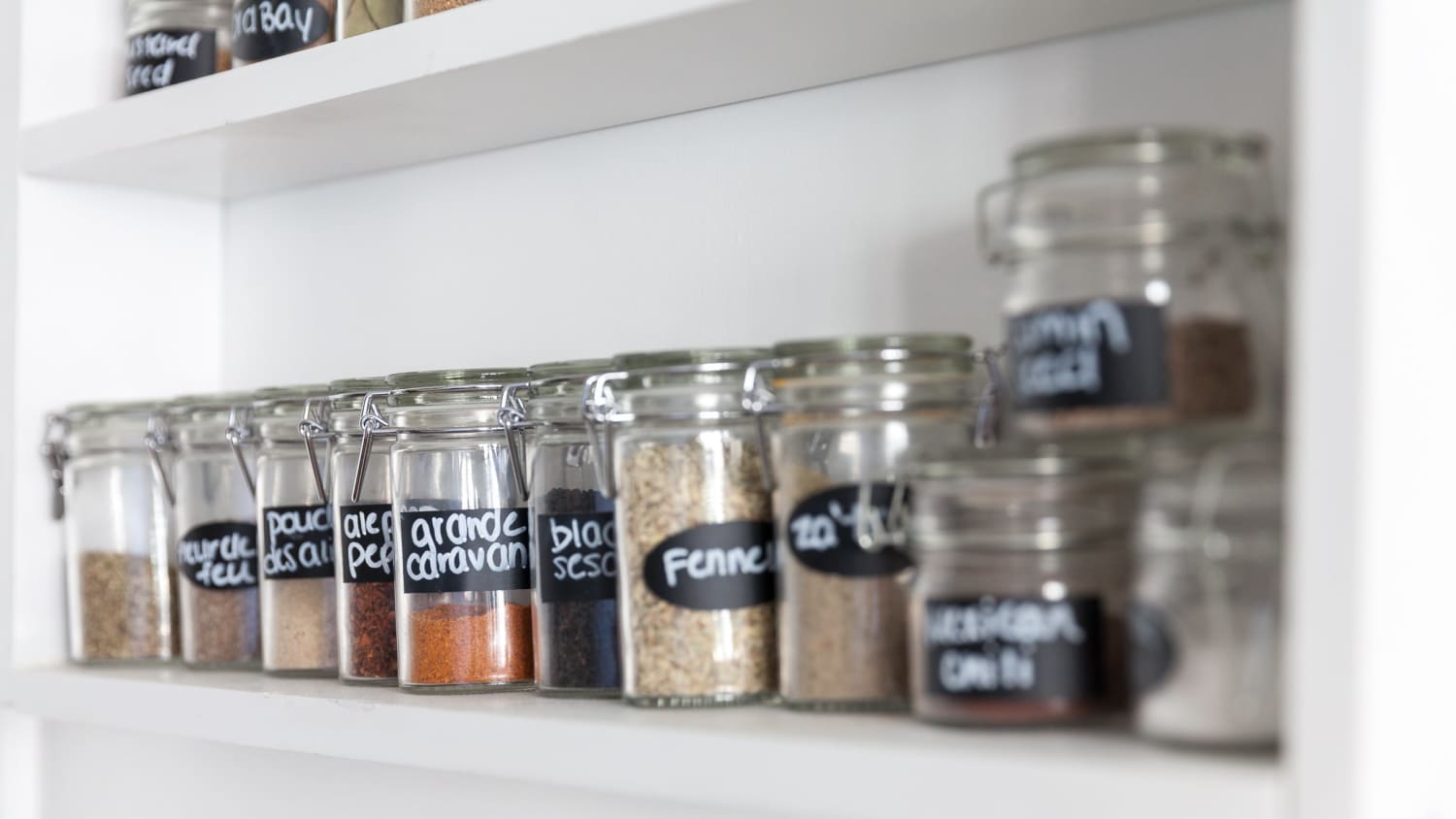
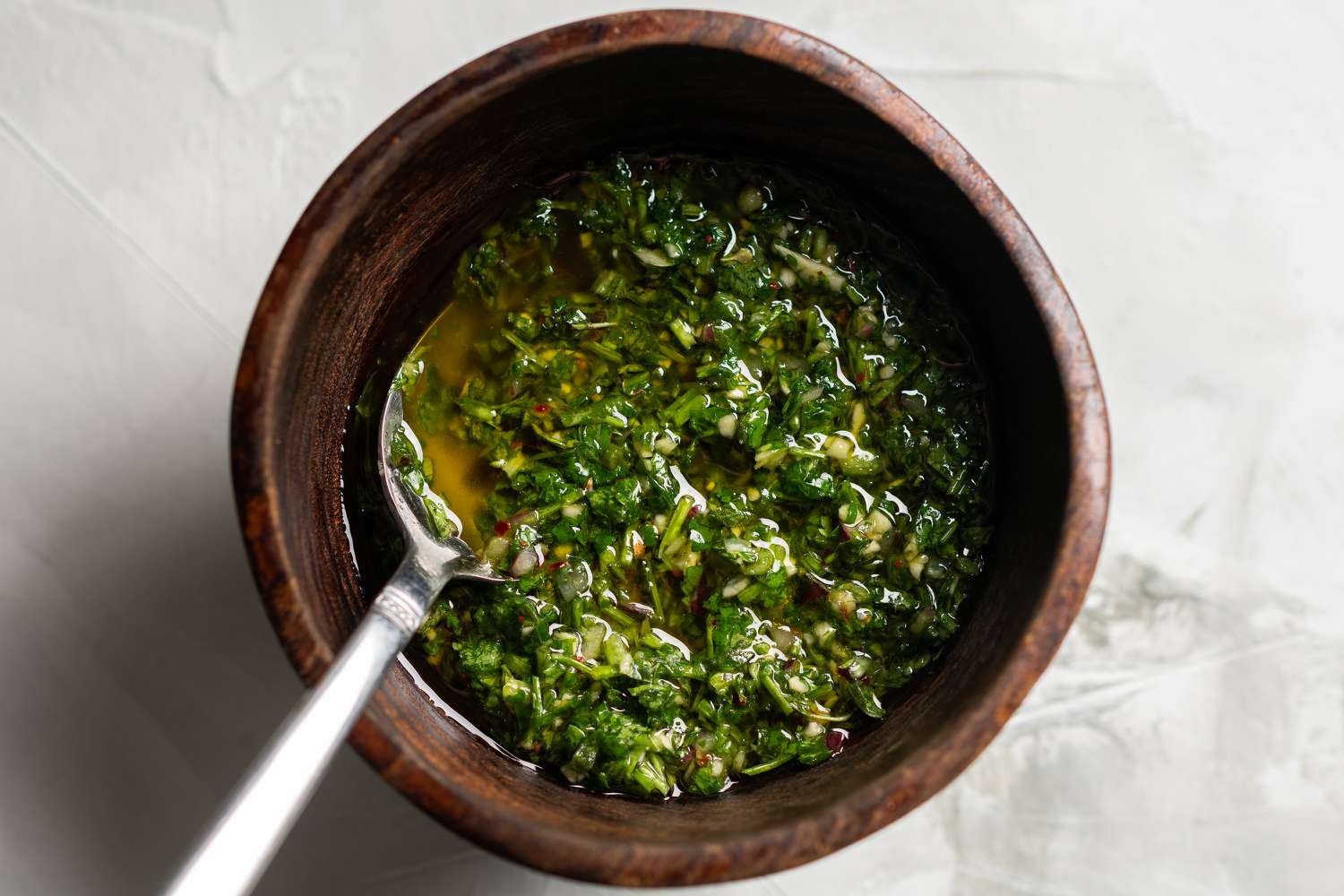
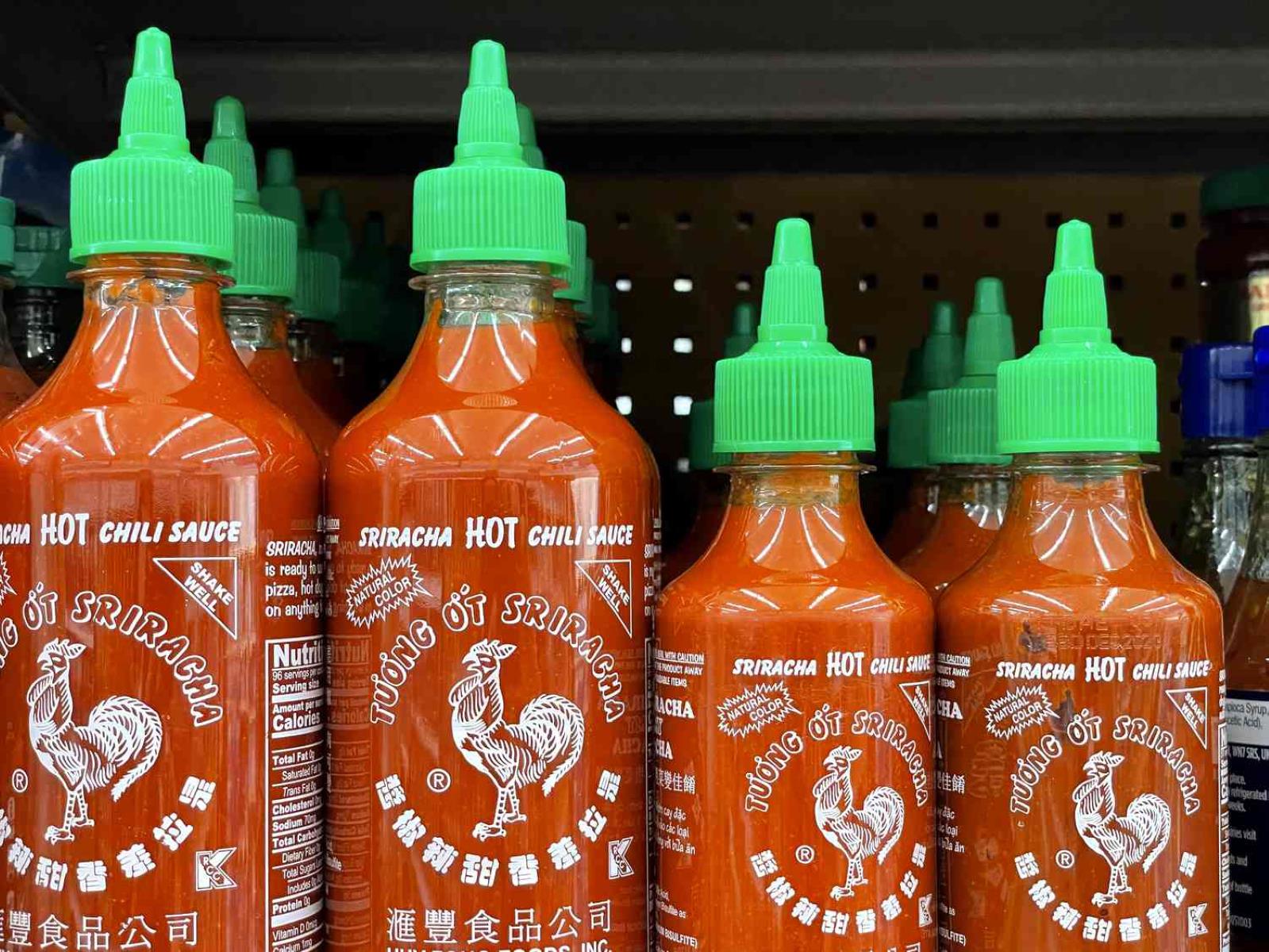
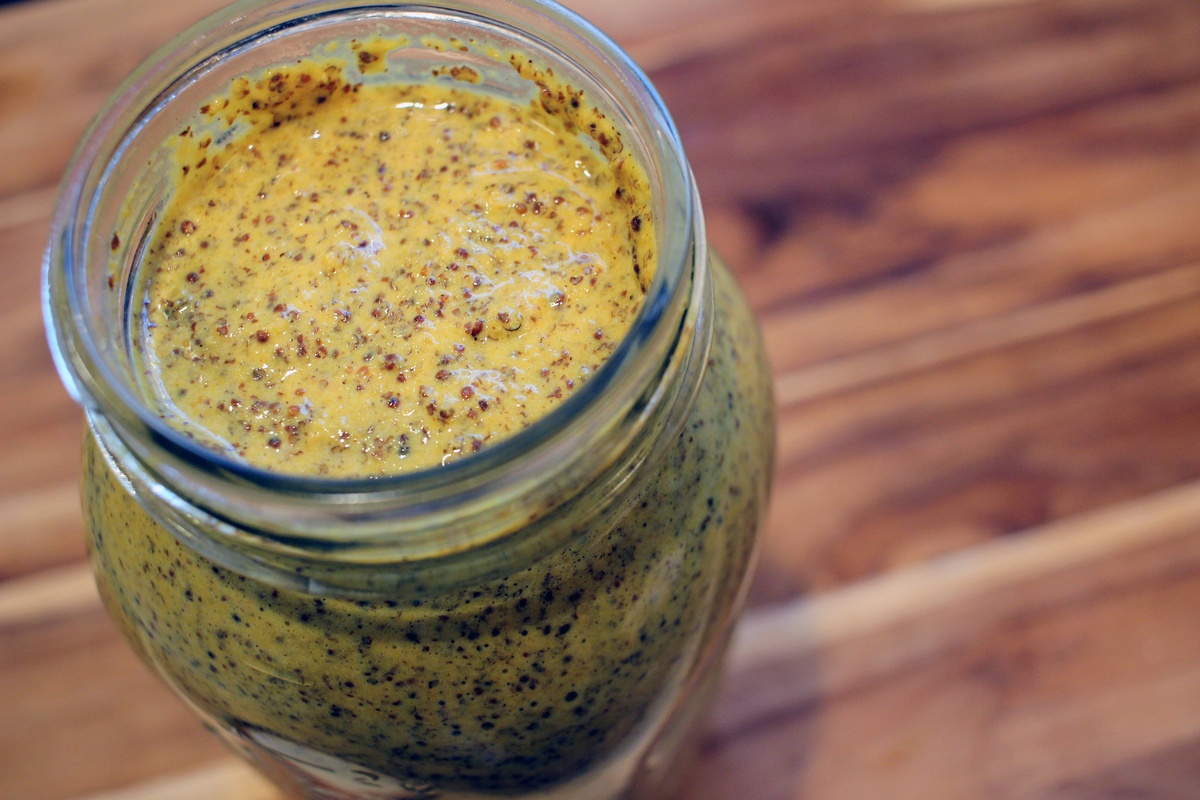
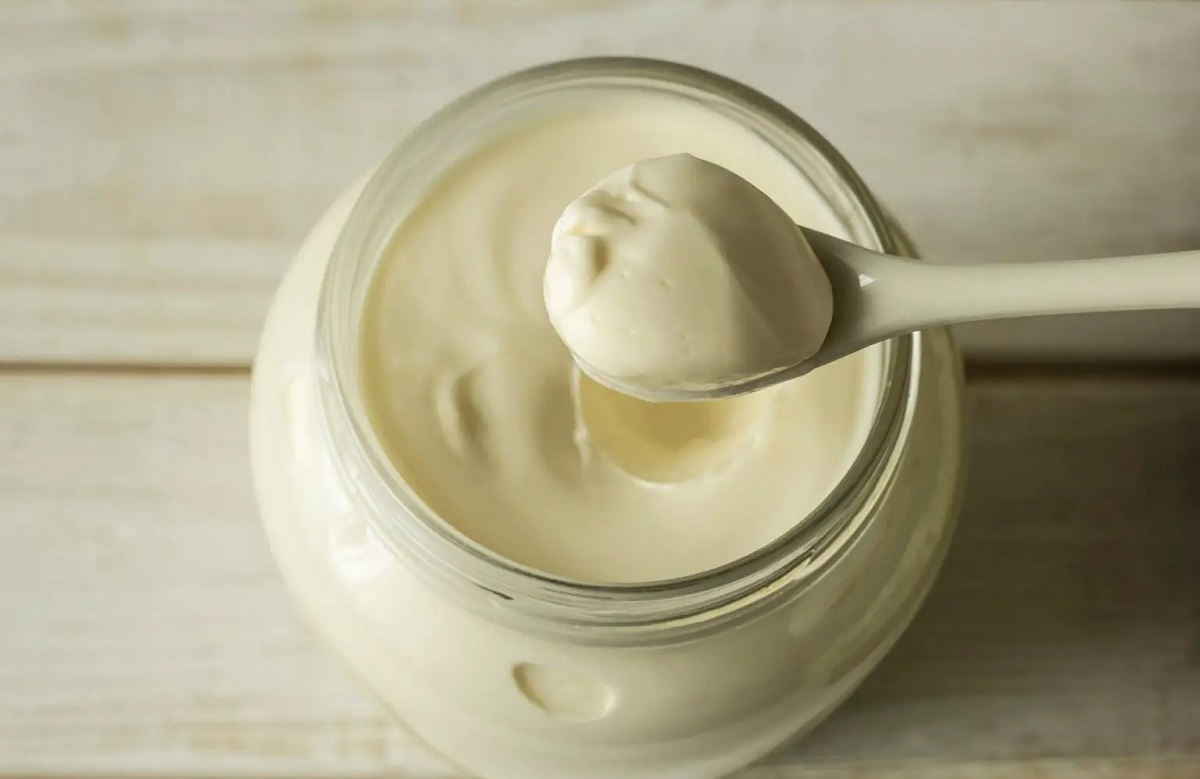
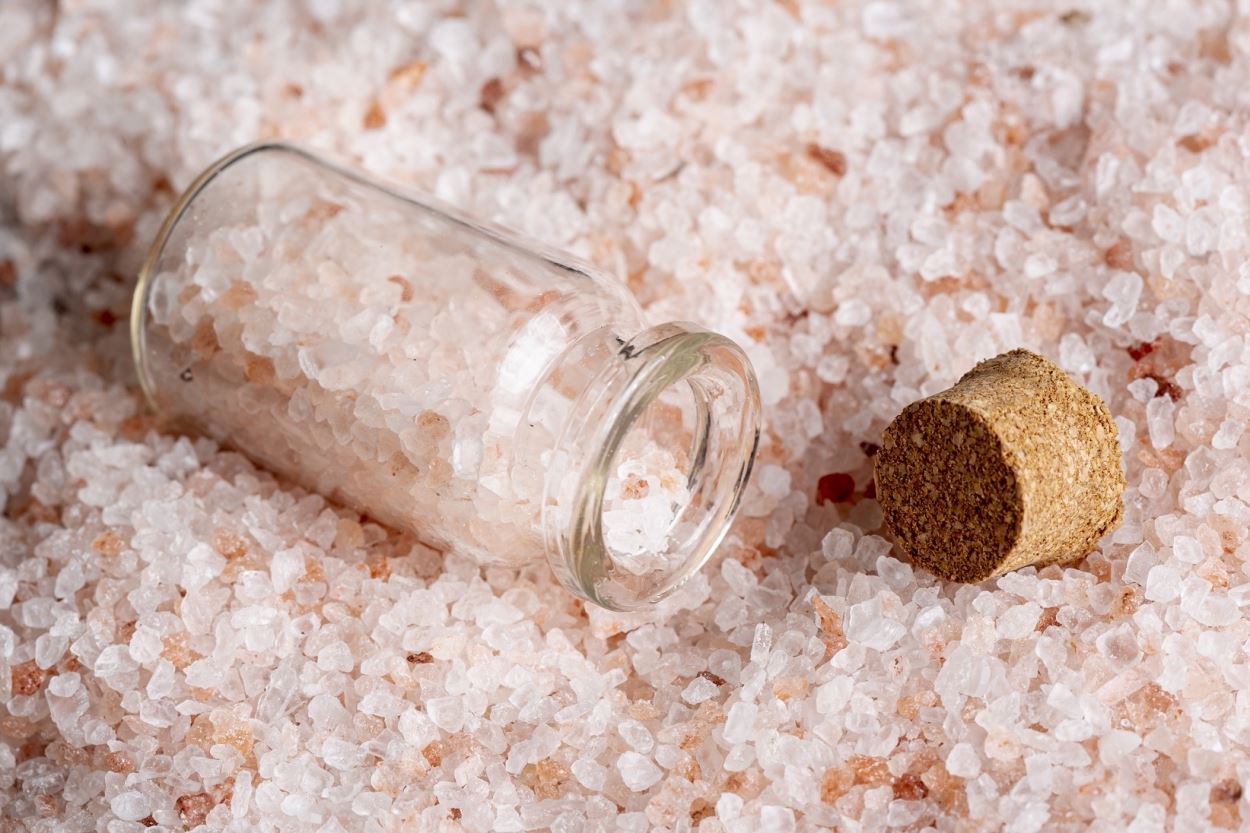
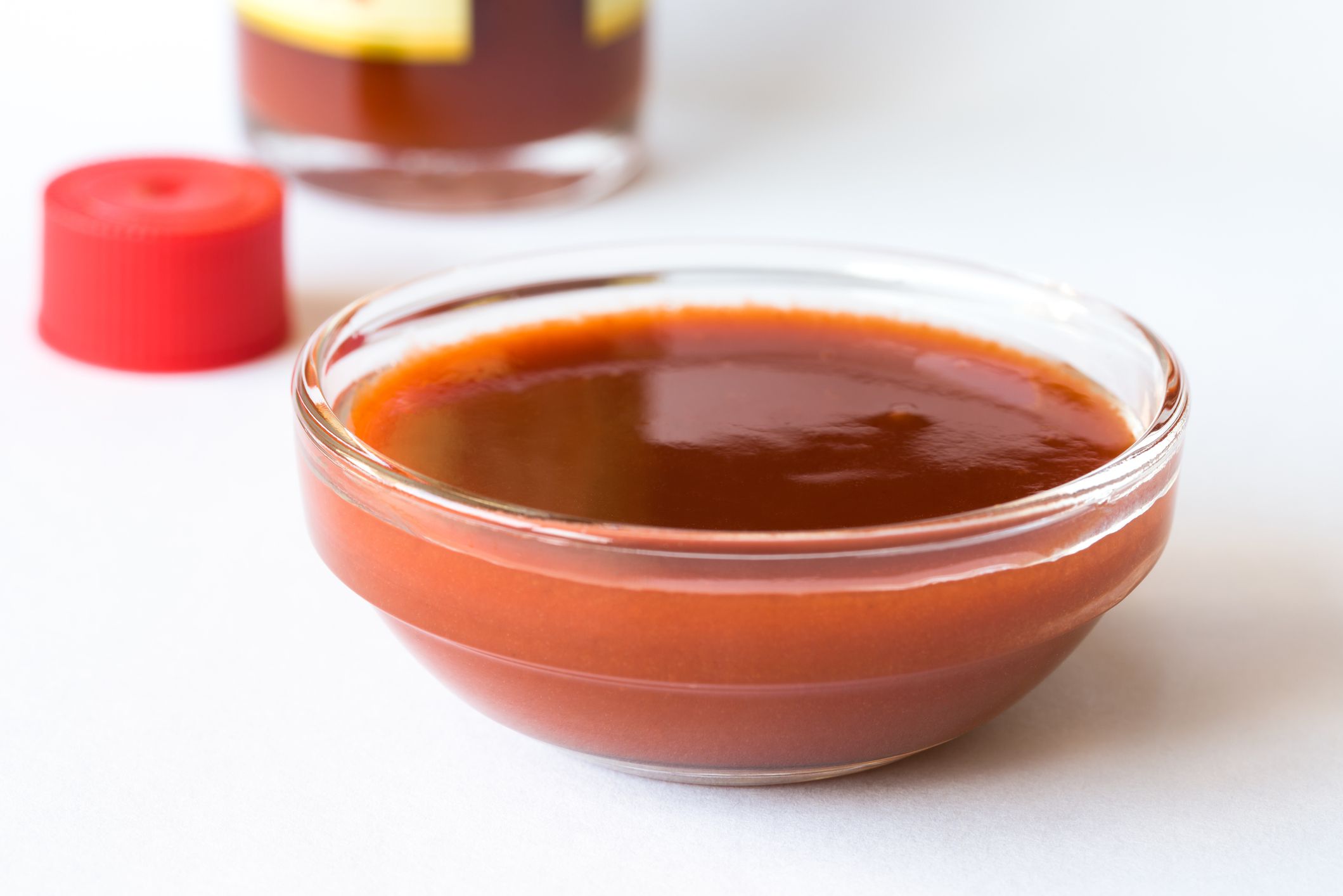
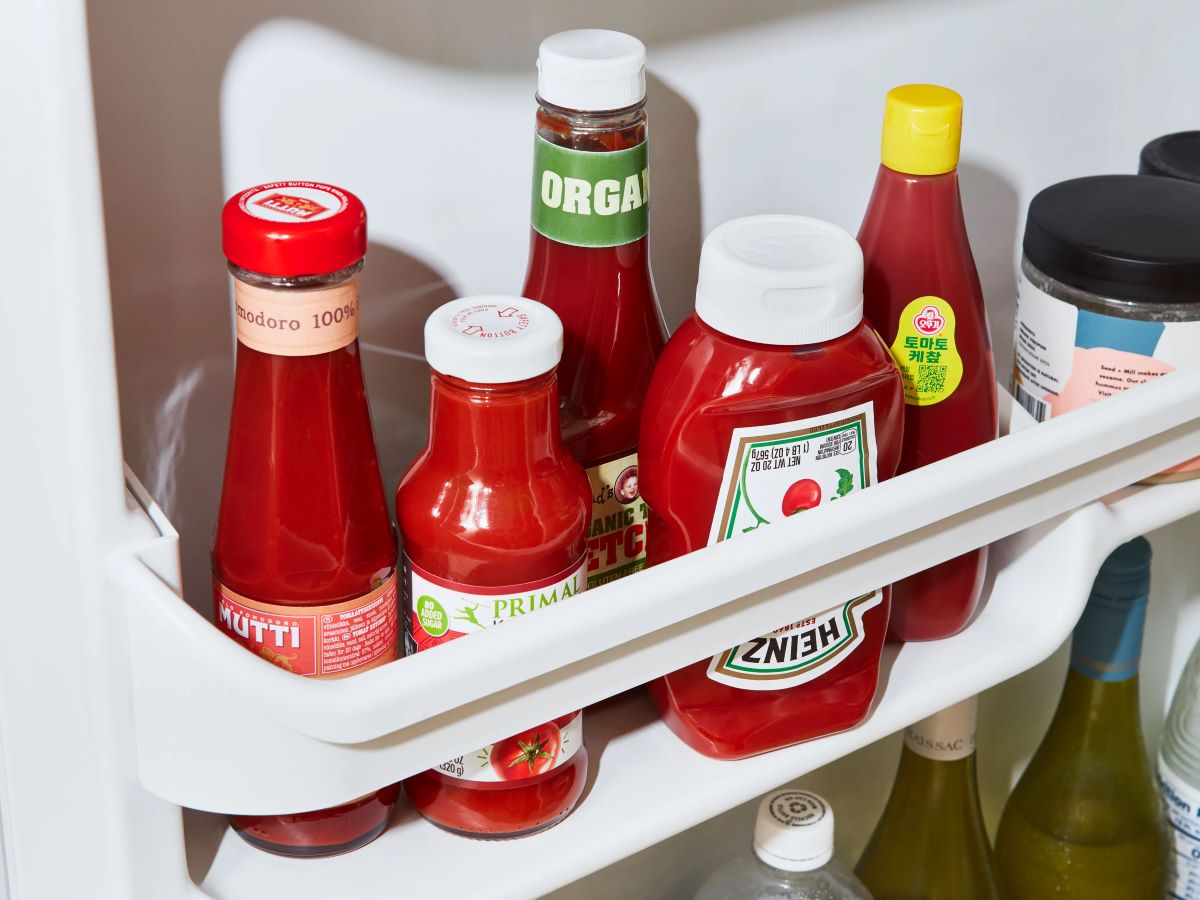
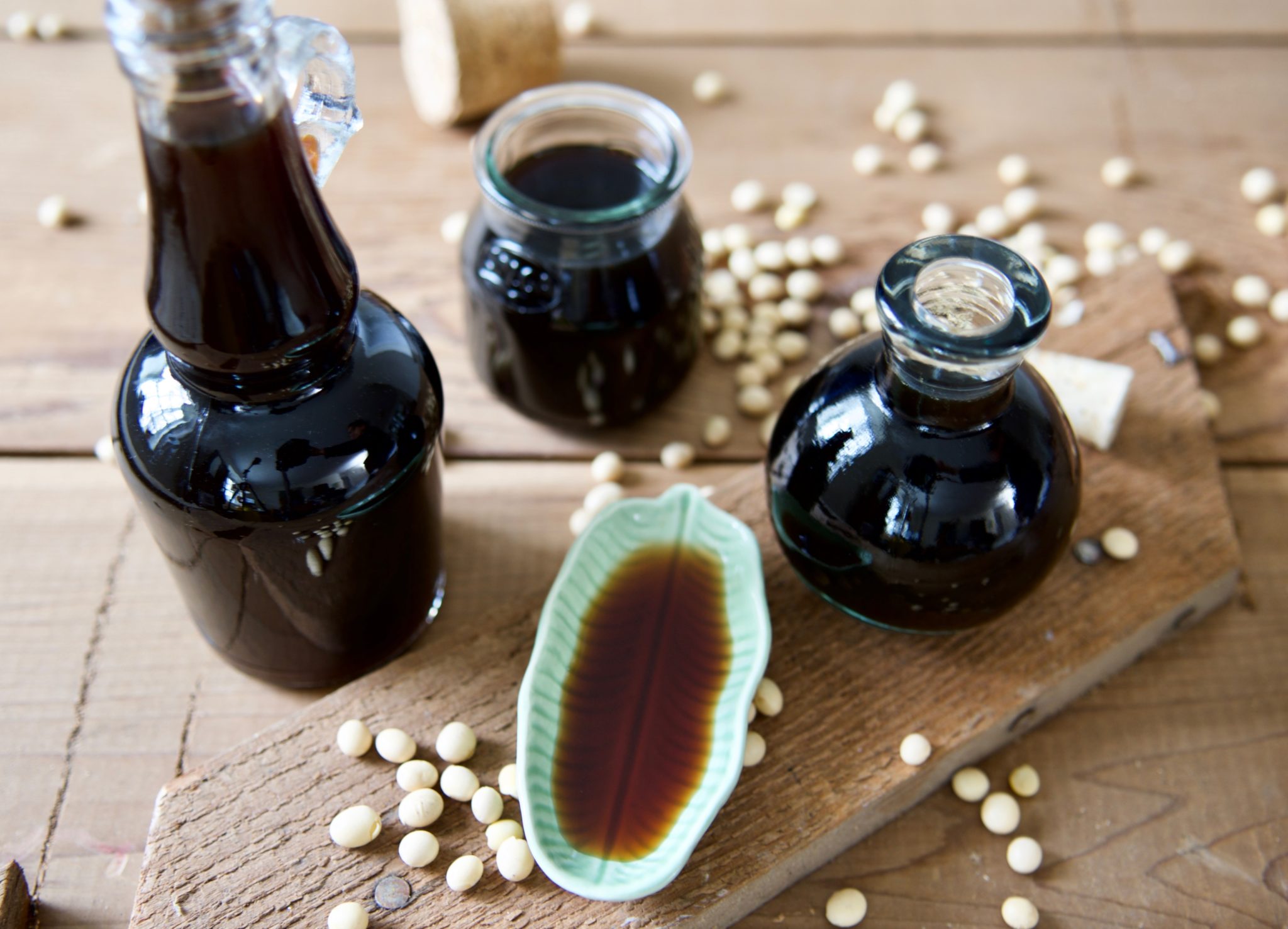
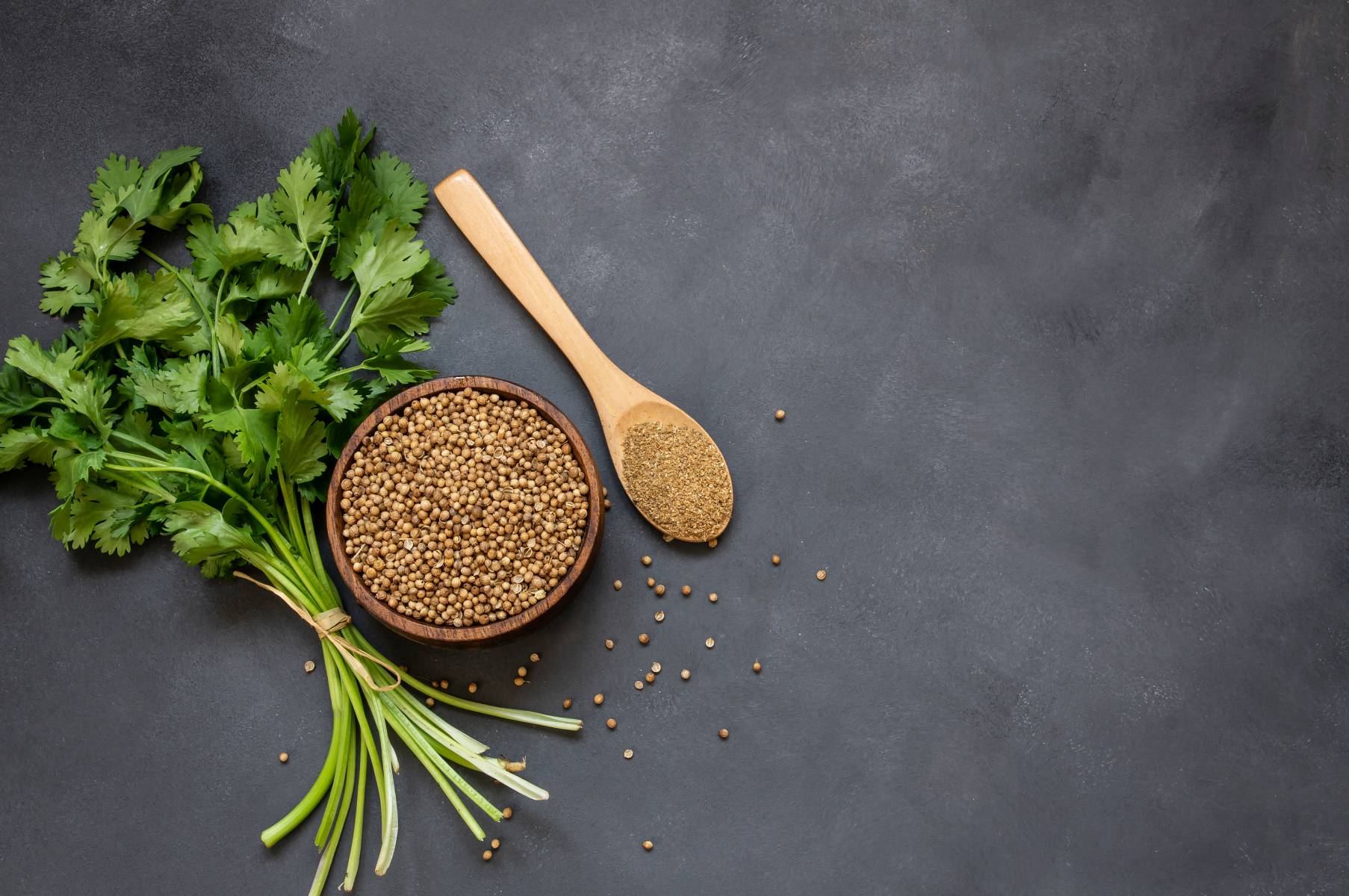
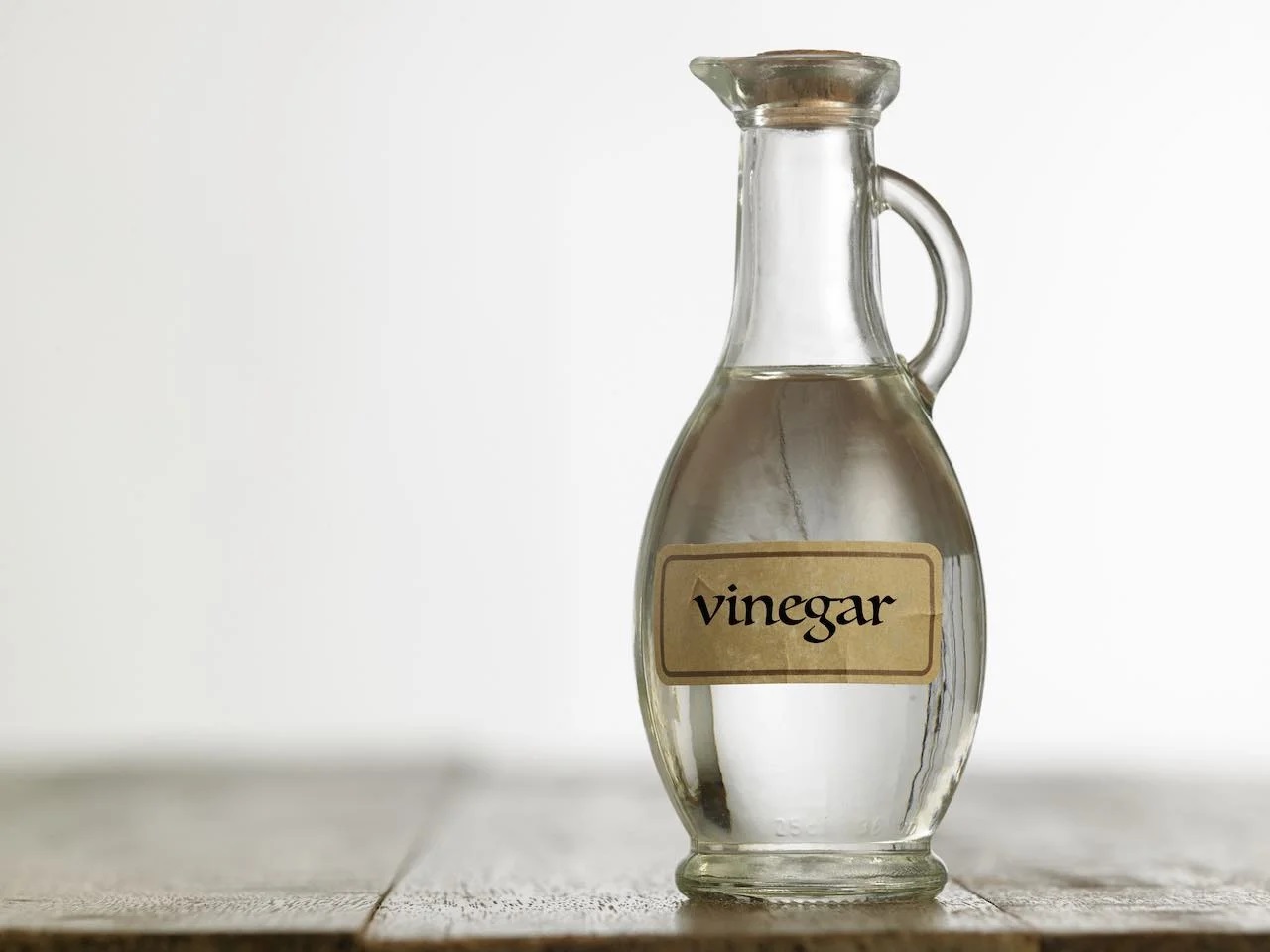
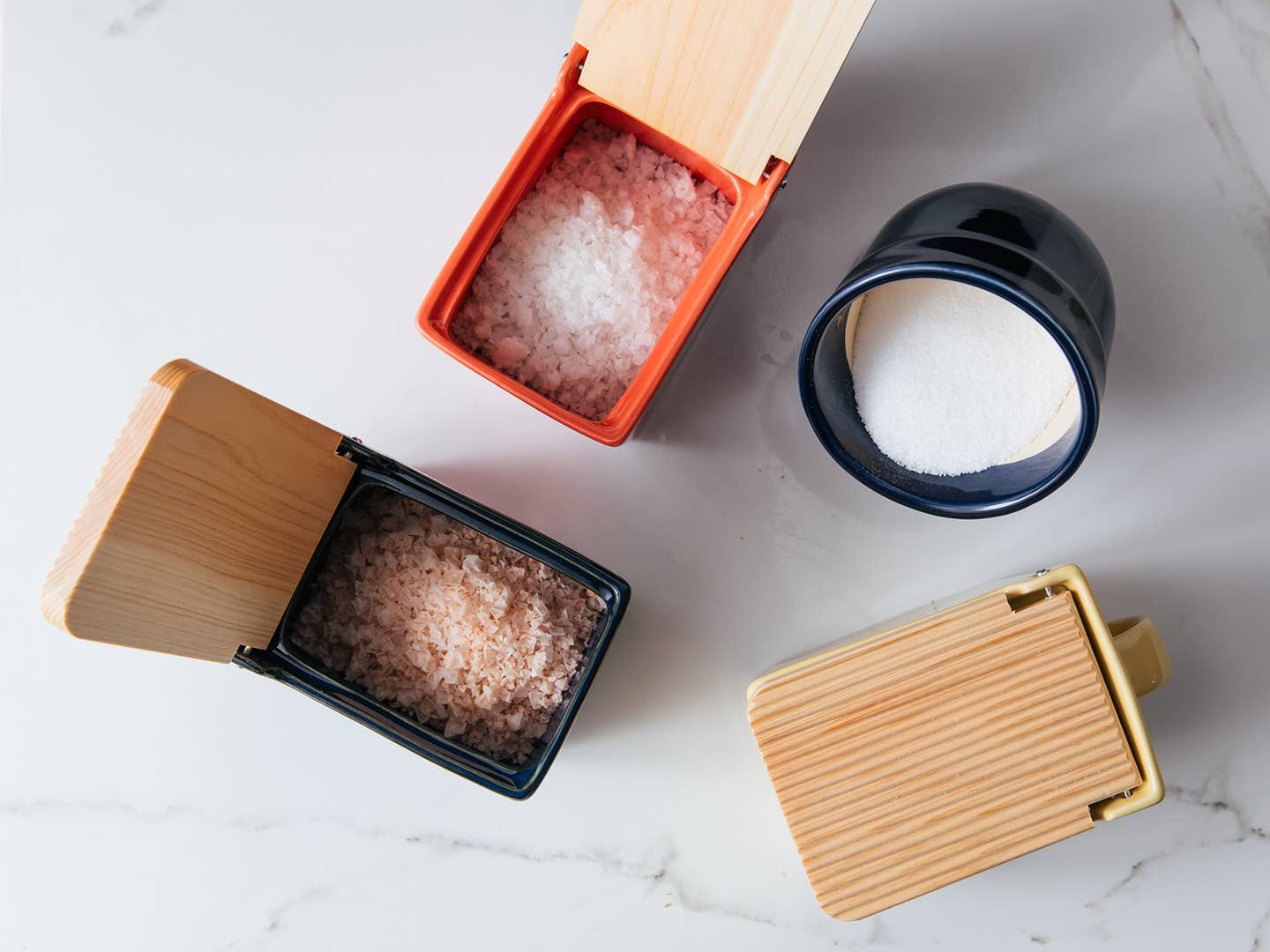
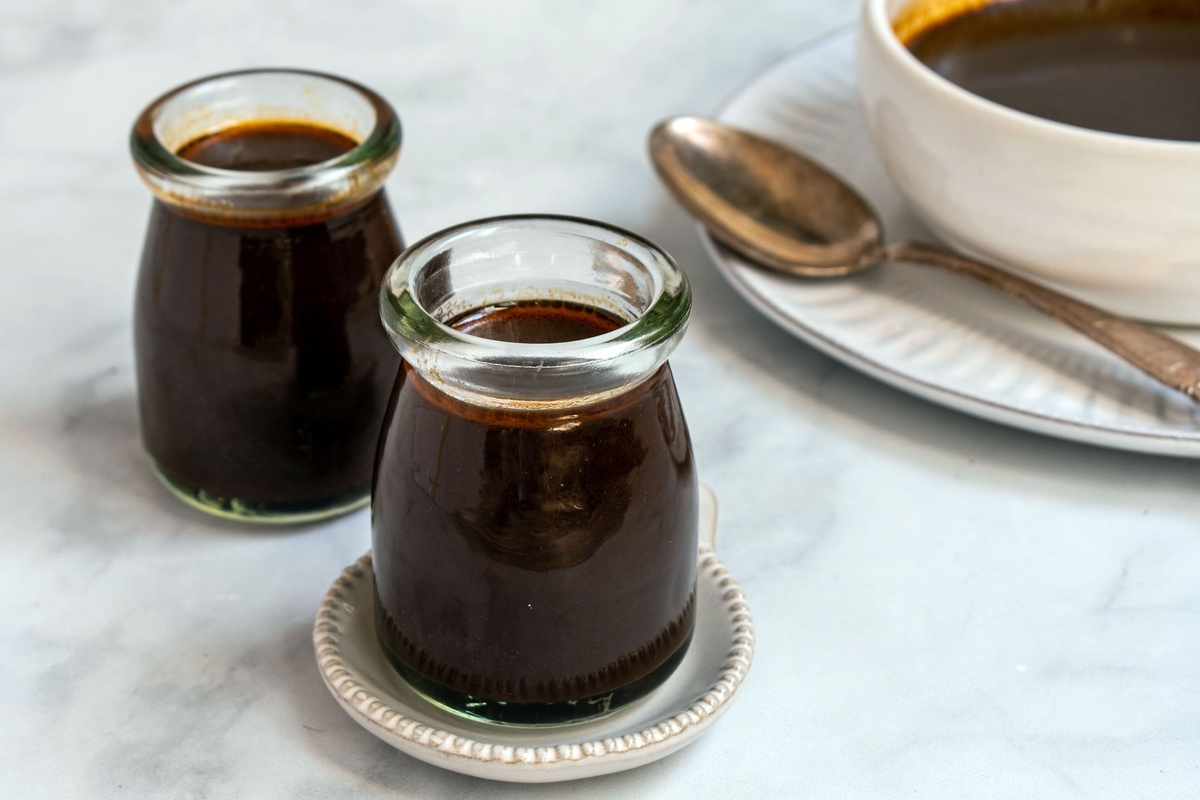

0 thoughts on “How To Store Spices”